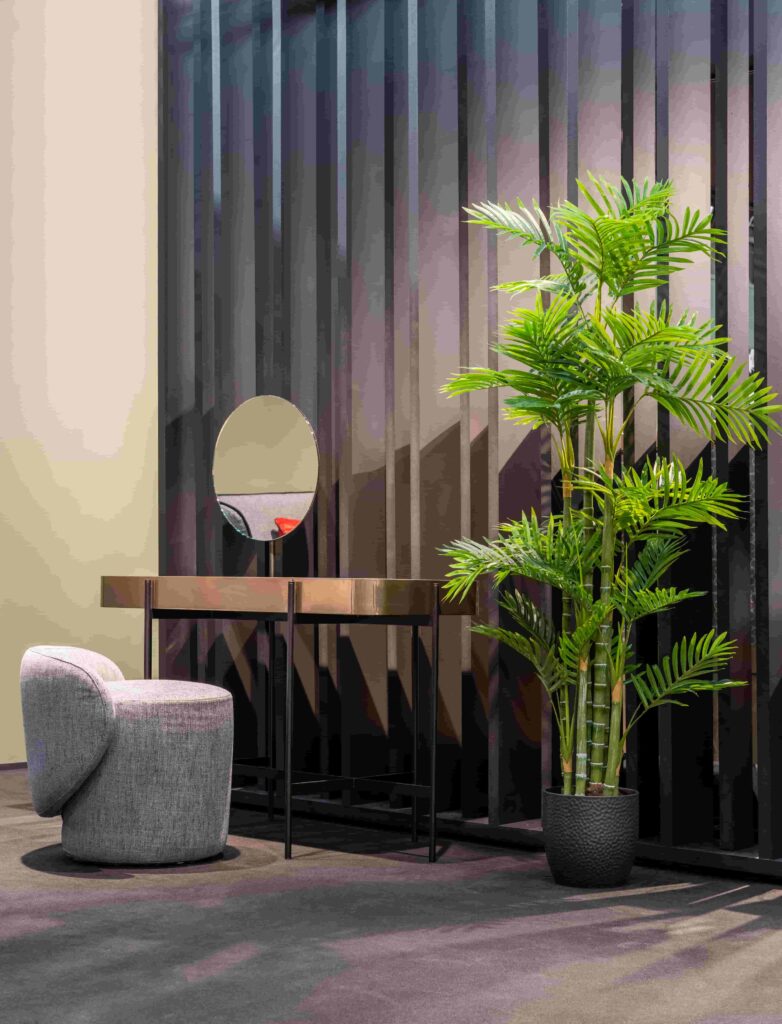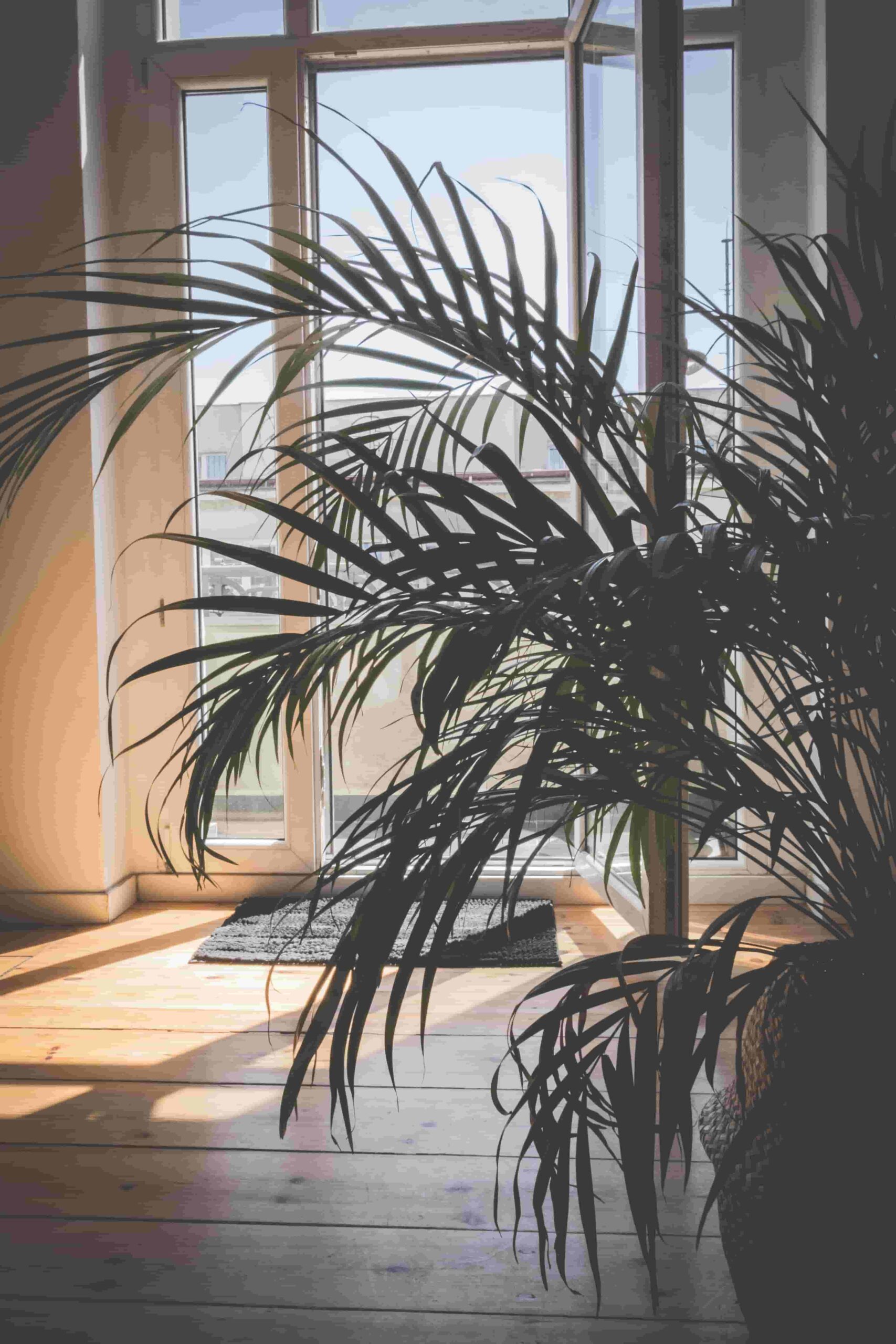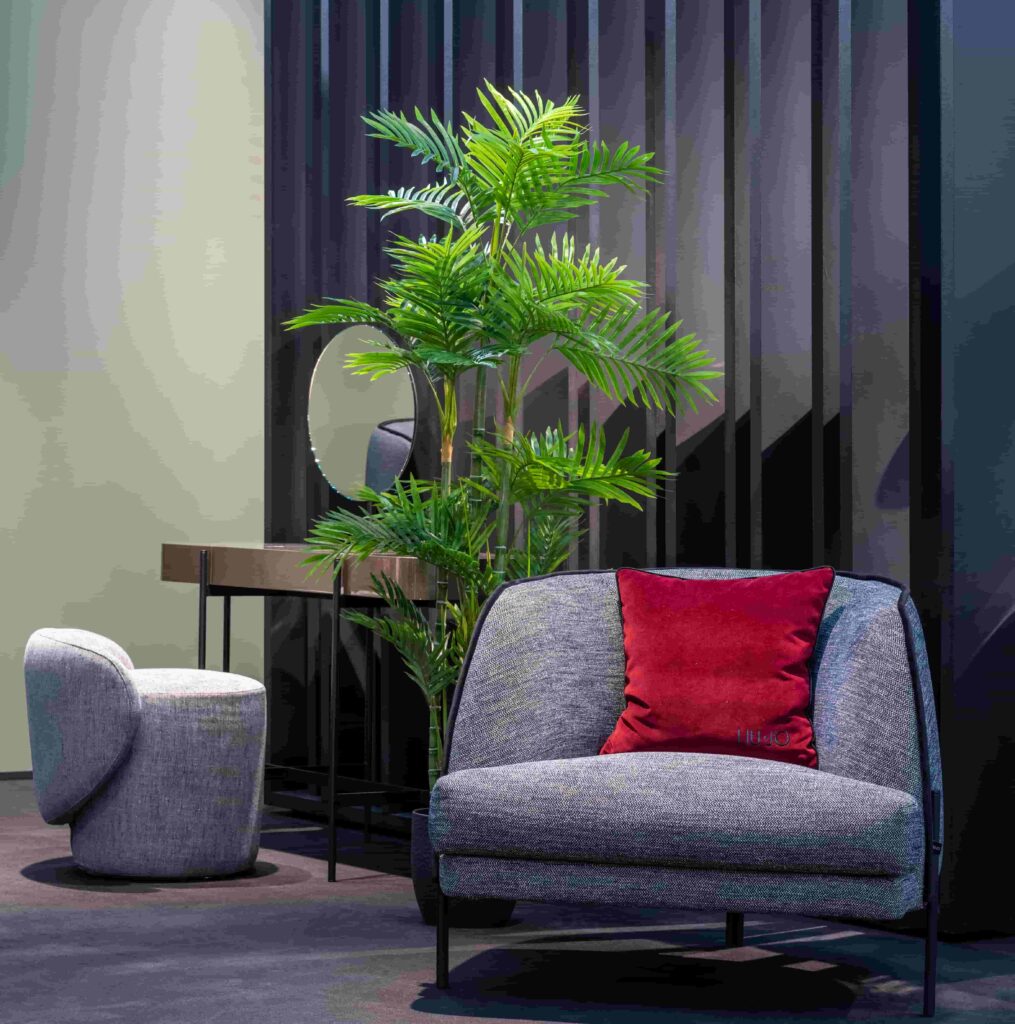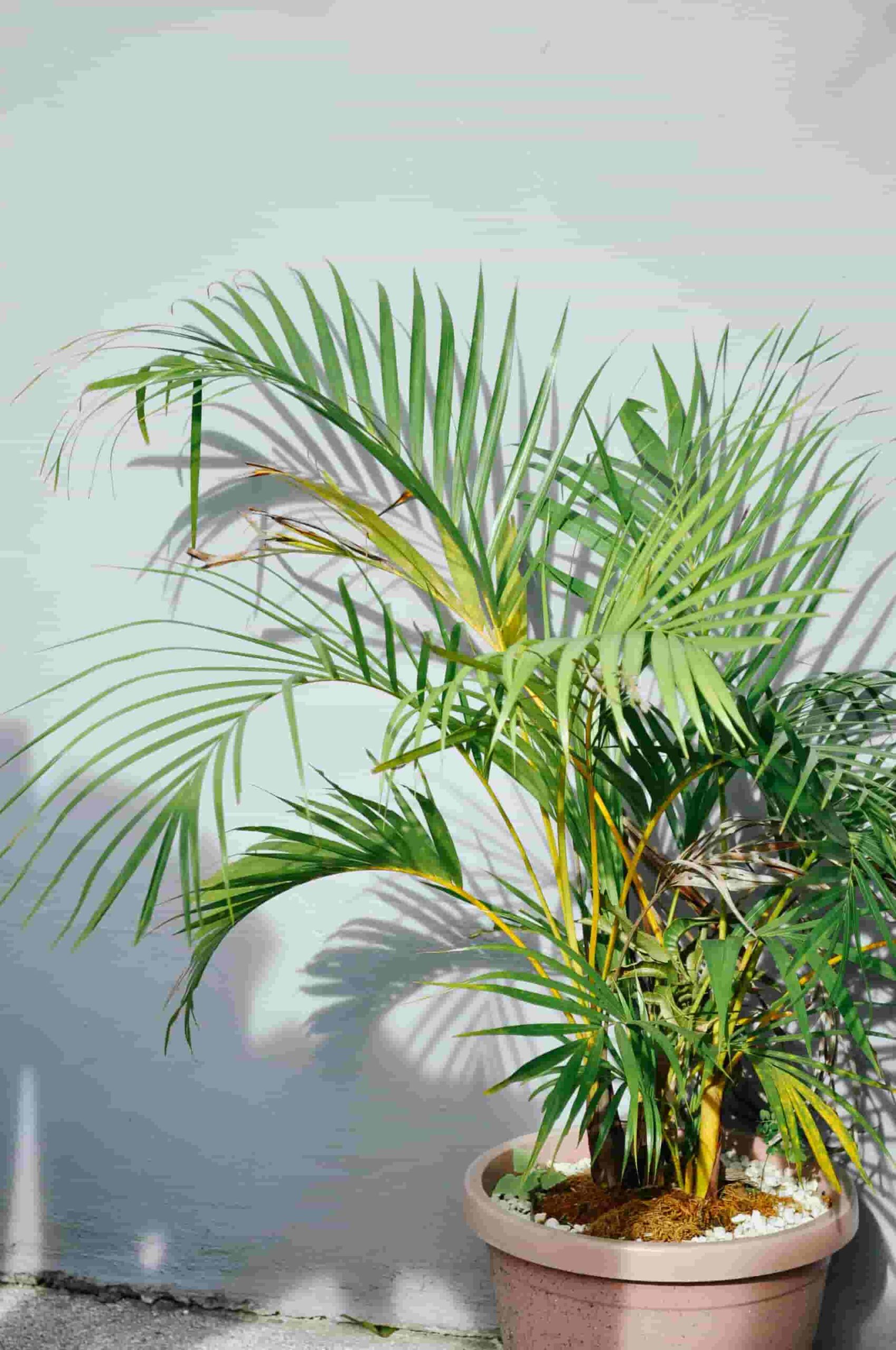Are you looking to bring a touch of elegance and tropical beauty to your indoor space? Look no further than the majestic Majesty Palm (Ravenea rivularis). With its graceful fronds and lush green foliage, this popular houseplant adds a touch of exotic charm to any room. In this article, we will delve into the captivating realm of Majesty Palms, exploring their origins, care requirements, benefits, and common challenges. So, let’s dive in and discover how to create your own indoor oasis with the majestic Majesty Palm.
Table of Contents
- Introduction
- Origins and Background
- Appearance and Features
- Benefits of Majesty Palms
- Light and Temperature Requirements
- Watering and Humidity Needs
- Soil and Potting Requirements
- Fertilizing and Pruning Tips
- Common Pests and Diseases in Majesty Palm
- Propagation Methods
- Majesty Palm Care Tips
- Popular Varieties of Majesty Palms
- Decorative Uses and Styling Ideas
- Conclusion
- Frequently Asked Questions (FAQs)
Introduction
Indoor plants not only add to the visual charm of a room but also promote a healthier and more pleasant living environment. Majesty Palms, with their impressive size and lush foliage, have become a favorite choice for plant enthusiasts. Whether you are a seasoned gardener or a beginner, the Majesty Palm is an excellent addition to your collection.
Origins and Background
The Majesty Palm, native to Madagascar, is a member of the Arecaceae family. In its native habitat, they can grow as tall as 40 feet, but when cultivated indoors, they typically maintain a more manageable height of 8 to 10 feet. Its scientific name, Ravenea rivularis, honors the French botanist Raymond Ravoilafy and refers to its riverbank habitat.
Appearance and Features

The Majesty Palm features long, feather-like fronds that grow from a single trunk. The foliage displays a vibrant shade of green, with leaves that can extend up to 6 feet in length, presenting a visually stunning spectacle. Its graceful form and gently curving fronds make it a favored option for infusing residential and commercial spaces with a touch of tropical elegance.
Benefits of Majesty Palms
Apart from their stunning appearance, Majesty Palms offer several benefits for indoor spaces. They not only improve air quality by absorbing carbon dioxide and releasing oxygen but also help in regulating humidity levels, creating a more comfortable living environment. Additionally, their lush foliage adds a sense of tranquility and relaxation to any room.
Light and Temperature Requirements
Majesty Palms thrive in bright, indirect light. While they can tolerate lower light conditions, providing them with sufficient light helps to maintain their vibrant green color and healthy growth. As for temperature, they prefer a warm and humid environment, ideally between 65°F and 85°F (18°C to 29°C).
Watering and Humidity Needs
Maintaining proper watering practices is essential for ensuring the health and well-being of your Majesty Palm. It is vital to maintain a consistently moist soil, avoiding excessive waterlogging. Before watering again, it is advisable to let the top inch of soil dry out. Additionally, misting the leaves regularly or placing the plant near a humidifier helps to maintain the necessary humidity levels.
Soil and Potting Requirements
A well-draining potting mix is essential for the Majesty Palm’s overall health. Combining peat moss, perlite, and sand in the soil mixture ensures proper drainage while retaining sufficient moisture. When repotting, choose a container that allows for proper root growth and has drainage holes to prevent waterlogging.
Fertilizing and Pruning Tips
To keep your Majesty Palm healthy and vibrant, regular fertilization is necessary. Use a balanced liquid fertilizer specifically formulated for palms and follow the instructions on the packaging. As for pruning, remove any yellow or brown fronds to maintain the plant’s appearance and prevent the risk of pests or diseases.
Common Pests and Diseases in Majesty Palm
While Majesty Palms are generally resilient, they can be susceptible to certain pests and diseases. Spider mites, mealybugs, and scale insects are common pests that may infest the plant. To prevent infestations, regularly inspect the leaves and treat any signs of pests promptly. Overwatering or exposure to cold drafts can lead to root rot, so it’s important to maintain appropriate care conditions.
Propagation Methods
Propagation of Majesty Palms can be achieved through seed germination or by dividing offsets from an established plant. Growing from seeds requires patience, as it can take several months for the seeds to sprout. On the other hand, dividing offsets allows you to create new plants more quickly. Ensure the new plants have a healthy root system before transplanting them.
Majesty Palm Care Tips
Here are some additional care tips to ensure the health and vitality of your Majesty Palm:
- Regularly dust the leaves to maintain their cleanliness and prevent pest infestations.
- Prevent placing the plant in close proximity to cold drafts or sources of heat.
- Periodically rotate the plant to promote uniform growth and optimal exposure to light.
- Monitor the humidity levels, especially during winter when indoor environments tend to be drier.
- Place the plant out of direct sunlight to avoid leaf scorching.

Popular Varieties of Majesty Palms
While the Ravenea rivularis is the most common variety of Majesty Palm, there are a few other popular cultivars available. These include the Ravenea hildebrandtii, which has more slender fronds, and the Ravenea glauca, which features blue-green foliage. Each variety offers its own unique charm and can be an excellent addition to your indoor oasis.
Decorative Uses and Styling Ideas

Majesty Palms can be used to create stunning visual displays and enhance the overall aesthetics of a room. Their elegant appearance and tropical vibe make them perfect for indoor gardens, conservatories, or large living spaces. They can also be paired with other tropical plants, such as Bird of Paradise or Peace Lily, to create a lush and vibrant corner in your home.
Conclusion
The Majesty Palm is not only a visually captivating plant but also a fantastic addition to any indoor space. Its lush green foliage and graceful fronds bring a touch of the tropics to your home or office, creating a tranquil and refreshing atmosphere.
Frequently Asked Questions (FAQs)
Can Majesty Palms tolerate low light conditions?
While they can survive in low light, they thrive in bright, indirect light.
How often should I water my Majesty Palm?
Water your Majesty Palm when the uppermost inch of soil is dry to the touch.
What should I do if the fronds of my Majesty Palm turn yellow?
Yellowing fronds may indicate overwatering or underwatering. Adjust your watering routine accordingly.
Are Majesty Palms toxic to pets?
Majesty Palms are considered non-toxic to cats and dogs. However, it’s always best to prevent pets from ingesting any plant material.
Can I grow Majesty Palms outdoors?
Majesty Palms are primarily grown as indoor plants, but they can be moved outdoors in warmer climates.

